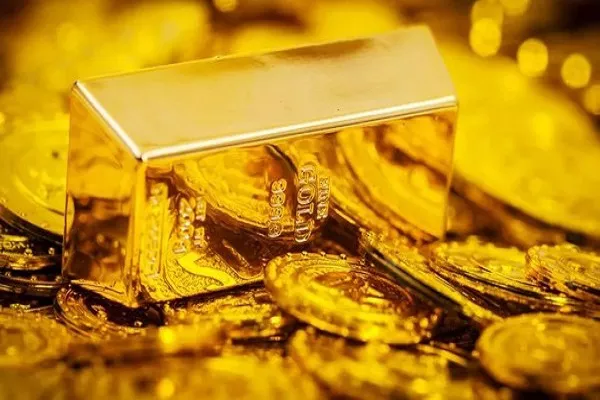Gold has long been intertwined with central bank policies and global economic dynamics. Understanding the relationship between gold futures and central bank policies is crucial for investors and traders seeking to navigate this complex market. In this article, we will delve into the intricate connection between gold futures and central bank policies and analyze how central bank decisions can impact gold prices.
I. The Role of Central Banks
To comprehend the connection between central banks and gold futures, it’s essential to grasp the roles central banks play in the financial system.
1. Monetary Policy
Central banks are responsible for setting monetary policies, including interest rates and money supply. These policies have a profound impact on economic stability and inflation rates.
2. Currency Management
Central banks also manage the value of their national currencies. They intervene in currency markets to stabilize exchange rates and support economic goals.
3. Foreign Exchange Reserves
Central banks hold foreign exchange reserves, including gold, as a safeguard against economic and financial crises.
II. The Gold Standard and Its Demise
Gold’s historical connection with currencies is rooted in the gold standard, where currencies were backed by physical gold. However, the gold standard was abandoned by most countries in the mid-20th century.
The Gold Standard Era
During the gold standard era, central banks held significant gold reserves, and the value of their currencies was directly tied to a specific quantity of gold. This system promoted monetary stability.
The Transition to Fiat Currencies
Most countries gradually transitioned to fiat currencies, which are not backed by physical assets like gold. Central banks retained their gold holdings but no longer linked currency values to gold.
III. Gold and Central Bank Policies Today
While the gold standard is no longer in place, central banks continue to play a pivotal role in the gold market.
1. Gold Reserves
Central banks hold gold reserves as part of their foreign exchange reserves. These reserves serve as a form of insurance against currency devaluation and financial instability.
2. Gold Purchases
Some central banks actively purchase gold to diversify their reserves and reduce reliance on the U.S. dollar. These purchases can have a significant impact on gold prices.
3. Interest Rates
Central banks’ decisions regarding interest rates can influence gold prices. Lower interest rates often weaken a currency, making gold more attractive as an alternative store of value.
IV. Impact of Central Bank Policies on Gold Futures
Central bank policies can exert substantial influence on gold futures prices.
1. Interest Rate Decisions
When central banks lower interest rates, it can reduce the opportunity cost of holding gold, as it does not yield interest or dividends. This can boost demand for gold, driving up prices.
2. Quantitative Easing (QE)
Central banks may implement QE programs to stimulate economic growth. These programs involve injecting money into the economy, potentially leading to inflationary concerns. Gold is often seen as a hedge against inflation, which can drive up its prices during QE.
3. Currency Devaluation
Central banks may deliberately devalue their currencies to promote exports or address trade imbalances. In response, investors may seek refuge in gold, as it retains its value when fiat currencies weaken.
V. FAQs (Frequently Asked Questions)
1. How do central banks acquire gold reserves?
Central banks can acquire gold reserves through various means, including purchases from international markets, exchanges with other central banks, and domestic mining.
2. Do all central banks hold gold reserves?
Not all central banks hold significant gold reserves. The amount of gold reserves varies among countries and depends on their economic and monetary policies.
3. Can central bank gold purchases impact the global gold market?
Yes, central bank gold purchases can influence gold prices, especially if multiple central banks make large-scale purchases simultaneously. Such actions can signal confidence in gold as a safe-haven asset.
4. How can traders and investors stay informed about central bank policies?
Monitoring financial news sources, central bank statements, and economic indicators can help traders and investors stay informed about central bank policies and their potential impact on gold prices.
5. Are central bank decisions the sole drivers of gold prices?
No, gold prices are influenced by a multitude of factors, including economic data, geopolitical events, market sentiment, and supply and demand dynamics.
In conclusion, the connection between gold futures and central bank policies remains intricate and multifaceted. Central banks’ decisions regarding interest rates, QE, and currency management can significantly influence gold prices. Traders and investors in the gold futures market should stay informed about central bank policies and global economic developments to make informed trading decisions. Gold’s role as a store of value and a hedge against economic uncertainties continues to make it a critical asset in the modern financial landscape.

